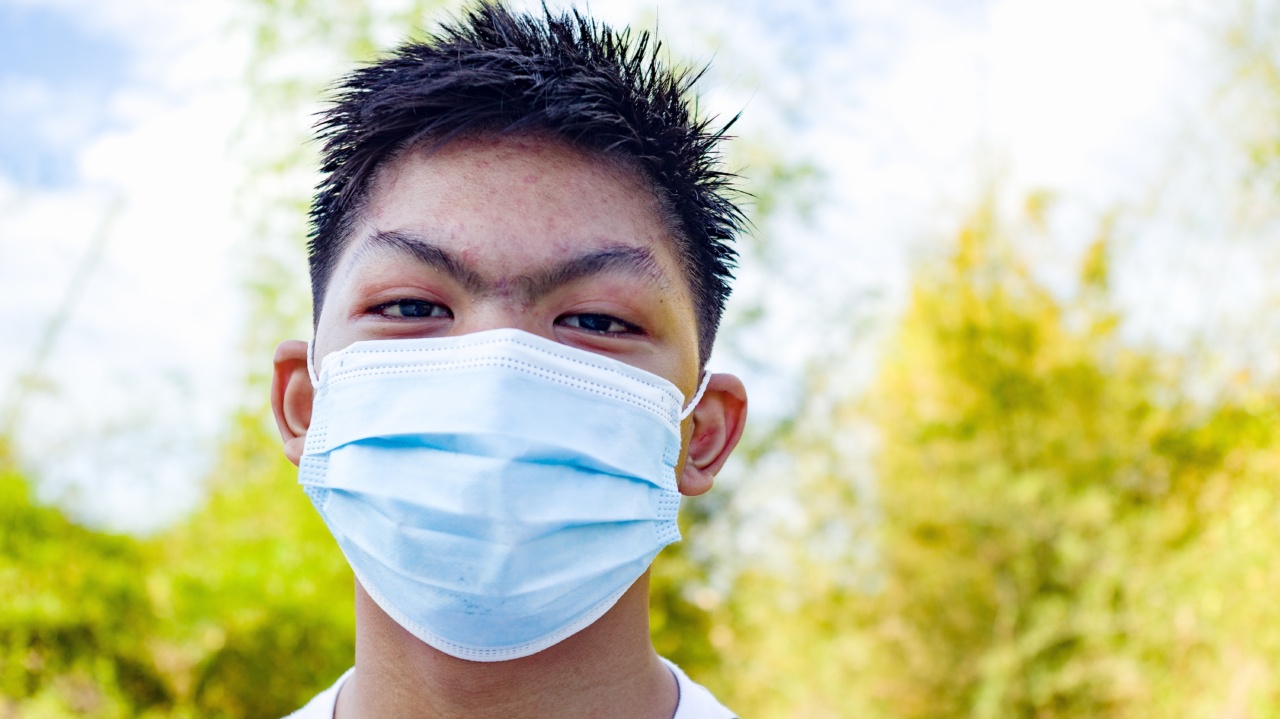Cancer is one of the leading causes of death among teenagers globally. Statistics show that approximately 70,000 young people between ages 15 and 39 are diagnosed with cancer each year.
With an increasing incidence of cancer among teenagers, there is a need to understand why some are more susceptible than others.
What is teenage cancer?
Teenage cancer refers to any cancer that develops in teenagers between the ages of 13 and 19. It is relatively rare compared to cancer incidence rates in other age groups, but it can occur in any part of the body. Common types of teenage cancer are:.
- Leukemia
- Lymphoma
- Melanoma
- Osteosarcoma
- Germ cell tumors
Teenage cancer risks
Teenagers are at risk of developing cancer for various reasons. Environmental, genetic, and lifestyle factors can all impact cancer risk. The following are some of the factors that can make some teenagers more susceptible to cancer:.
1. Genetics
Genetic factors play a role in cancer susceptibility. A family history of cancer increases the risk of developing cancer for teenagers.
Certain gene mutations inherited from parents can cause cancer, for example, the BRCA1 and BRCA2 genes that increase the risk of breast cancer. Genetic counseling can help teenagers with a family history of cancer assess their risk and take preventive measures to reduce it.
2. Environmental factors
Environmental factors like exposure to radiation, chemicals, and tobacco smoke increase cancer risk. Teenagers who live in areas with high levels of air pollution or drink contaminated water may be at a higher risk of cancer.
The use of tanning beds also increases the risk of skin cancer. Teenagers can reduce their exposure to environmental toxins by avoiding smoking and tobacco use and reducing exposure to chemicals, radiation, and UV rays.
3. Lifestyle factors
Lifestyle factors like diet, exercise, and sleep can also affect cancer risk. Teenagers who eat a diet high in processed foods and low in fruits and vegetables are at a higher risk of cancer.
Lack of physical activity can lead to obesity, which increases the risk of several types of cancer. Teenagers who do not get enough sleep are also at risk of cancer. A healthy lifestyle with a balanced diet, regular exercise, and enough sleep can reduce the risk of cancer among teenagers.
4. Medical conditions
Some medical conditions increase cancer risk among teenagers. For example, teenagers with weakened immune systems like those with HIV or who have undergone an organ transplant are at a higher risk of developing cancer.
Also, teenagers who receive radiation therapy for other cancers are at a higher risk of developing secondary cancers later in life. Doctors can work with teenagers to manage medical conditions and reduce cancer risk.
5. Hormonal changes
Hormonal changes during puberty can contribute to cancer susceptibility. The adolescent body goes through hormonal changes that can increase the risk of some types of cancer like ovarian cancer.
It is important for teenagers to undergo routine check-ups and screenings to detect any abnormalities early on.
Conclusion
Cancer is a serious condition that can impact teenagers’ lives. Teenagers who understand their risk factors can take preventive measures to reduce their chances of developing cancer.
A healthy lifestyle, avoiding exposure to toxins, and receiving regular check-ups can help reduce cancer risk. It is also essential for teenagers to talk to their doctors about any concerns or risk factors for cancer.































